If you spot Gladys Lam in her Suzuki Swift Sport on the roads, resist the urge to challenge her to a race. She will not take you on, not because she might lose, but on the contrary, she will outpace you.
“I’ve no interest in illegal street races. Racing belongs on the track,” Lam asserted. However, she is happy to chat and take photos.
Lam, 30, is a professional race car driver, and currently the only active female racer in Singapore.
Former notable speed queens include Anne Wong Holloway, the Singaporean driver who won the Macau Grand Prix in 1970, and British-born, Singapore-raised Claire Jedrek, who made history by becoming the first woman to achieve podium finishes in the Malaysia Championship Series.
“I do hope more Singaporean females pick up motorsports,” Lam told CNA Women. “It is a big commitment. But to me, it is a dream worth chasing.”
FROM SIMULATOR RACING TO COMPETITIVE MOTORSPORTS
Influenced by friends who were into cars, Lam’s passion for motorsports began when she was a teenager. She spent years doing simulator racing and go-karting before taking part in her first race in 2019 at the Malaysia Street Festival Series race at Sepang International Circuit.
A last-minute spot to take part in the race, which fell on her 24th birthday, had opened up. “It felt like a sign for me to go big or go home,” Lam recalled.
She came in first in the women’s category. “The feeling of standing on top of the podium after a race was addictive. It made me want to chase that high again and again.”
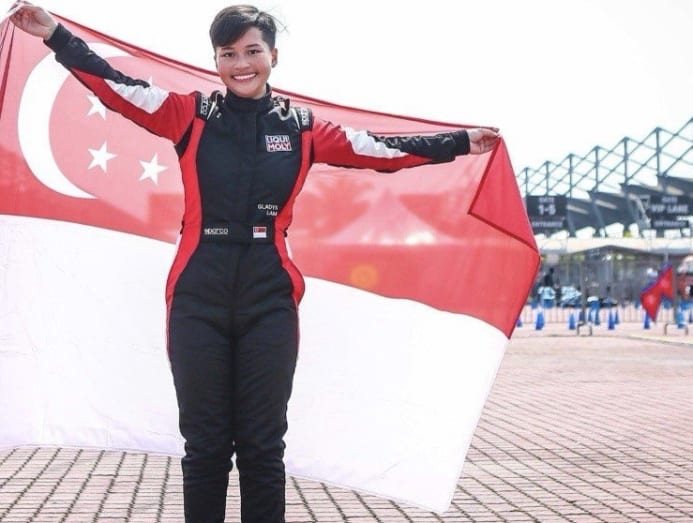 At 1.52m tall, Lam says she may be small, but has a big spirit. (Photo: Gladys Lam)
At 1.52m tall, Lam says she may be small, but has a big spirit. (Photo: Gladys Lam)
The former events project manager entered full-time racing and content creation in 2024. “It was bittersweet letting go of a job that I enjoyed, but things got overwhelming with the increasing demands from racing and content projects,” said Lam.
“But being a project manager taught me how to manage chaos, and that skill translated perfectly into managing racing schedules, sponsors, and content work.”
Lam reckoned she has taken part in over 30 races across different countries, circuits and cars, since her debut in 2019, at times clocking in speeds of about 200 km/h.
One of her recent races was in December 2024, where she took part in a 25-hour endurance race in Thailand with Team Supersonic, an all-Singaporean team.
At endurance races, drivers take one-to-two-hour shifts. She stayed the full 25 hours on the track. Even when she was not driving, she was on standby with her phone switched on and ready to go.
“Such long endurance races can mess with your body clock a bit, but you prepare for it. You rest when you can, hydrate, and stay sharp,” she said. The team came in sixth.
 Lam with Team Supersonic that took part in the Idemitsu 25 Hour Super Endurance Race. (Photo: Gladys Lam)
Lam with Team Supersonic that took part in the Idemitsu 25 Hour Super Endurance Race. (Photo: Gladys Lam)
Lam races in production cars such as the Suzuki Swift, Honda Jazz and Honda CR-Z. On the outside, they look similar to the ones on the roads, but the race cars have been stripped to their bare minimum and have only one race seat.
Her daily car is a Suzuki Swift Sport which she has had for nine years. “Maintenance is simple and it drives great,” Lam said.
GYMKHANA AND CIRCUIT RACING
Races in Singapore are mostly gymkhana, which historically used to be called “car park rallys”. In gymkhana, drivers complete a complex obstacle course in the shortest time.
Lam has competed in a few gymkhana competitions in Singapore and in Southeast Asia and clinched some podium finishes along the way. “But it’s tough to get locations for gymkhana in Singapore so competitions don’t happen often,” she explained.
Her main racing discipline is circuit racing. Singapore doesn’t have a permanent race circuit, so most of Lam’s races happen overseas, mainly in Malaysia and Thailand.
On average, she travels for a race once every month or two depending on the season calendar, and on each race weekend there are usually at least two races. Lam’s upcoming races include the PT Maxnitron Racing Series in Thailand, in June, August and October.
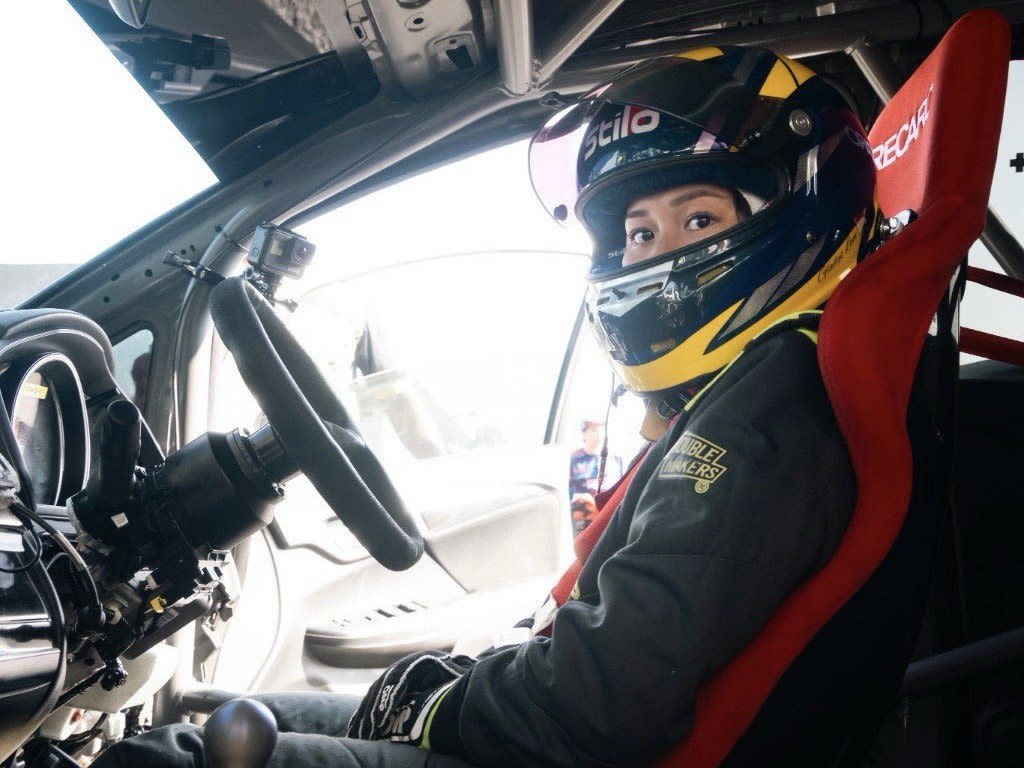 To prepare for races, Lam does simulator training as well as gym work for muscle endurance and heat resistance, and on-track training with the race car. (Photo: Moses Tng)
To prepare for races, Lam does simulator training as well as gym work for muscle endurance and heat resistance, and on-track training with the race car. (Photo: Moses Tng)
For non-racing fans, who may be more familiar with Formula 1, Lam said that “that is a different beast”. Formula cars are open-wheel, involve a huge budget, and are very technical.
“What we do is production-based racing, but the competition, pressure, and intensity are just as real. It might be less glamorous, but the strategy and mental game are all universal,” she said.
To prepare for her races, Lam does simulator training to improve her driving, reaction times and decision-making skills. “They are all important because during a race, you are constantly under pressure,” she said.
Off-track training includes gym work for muscle endurance and heat resistance, and on-track training takes place during test days and practice sessions with the race car.
FACING UP TO NAYSAYERS
At 1.52m tall and weighing 52 kg, the petite Lam says her biggest challenge is keeping up with the physical demands of her sport. “I’ve to train harder to keep up in endurance races,” she said.
And then, there are also comments such as “girls can’t drive,” or “you sure you know what you’re doing?” that Lam gets. “Sometimes they don’t even say it aloud, it’s in the way they dismiss you, or talk over you, or people being surprised when I debate about something car-related that may be unpopular but right,” she said.
“Being a woman in this space often means having to prove yourself twice as hard just to be seen as an equal. But I think that’s why I keep going. Being underestimated can either break or fuel you. I chose to let it fuel me.”
Her parents were worried initially about her love for motorsports. “Racing isn’t the safest or most conventional path, but over time, they’ve seen how dedicated I am, and are now super supportive.”
FUNDING HER CAREER
Racing is an expensive sport, and a race weekend in Southeast Asia can cost between S$3,000 and S$15,000, depending on the race car, location, tyres, fuel, transport and race team.
And that’s not including training or repairs. “Compared to something like badminton, where you just need a racket, shoes, and a court, racing is on a whole other scale. To me, racing comes first. However, I definitely can’t afford it out of pocket,” said Lam.
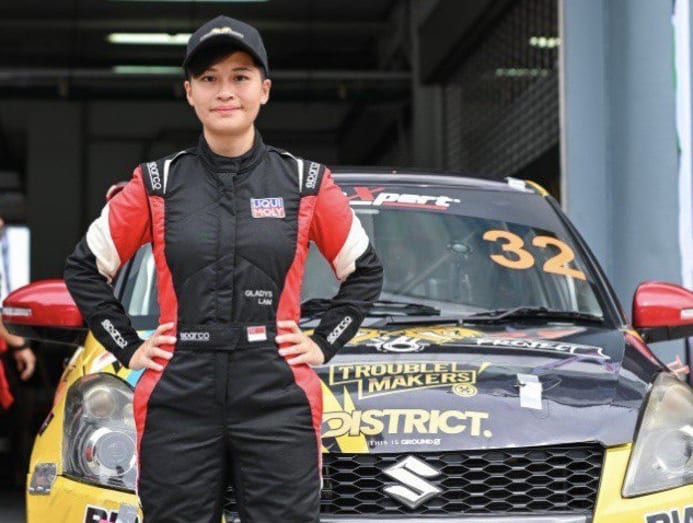 In 2023, Lam took part in the Sepang 1000KM Endurance Race, where she came in ninth. (Photo: Gladys Lam)
In 2023, Lam took part in the Sepang 1000KM Endurance Race, where she came in ninth. (Photo: Gladys Lam)
She realised early on that securing sponsors was key to her journey. “I started content creation out of necessity because it was the only way to really put myself out there. Content creation is just one way I fight for survival in this sport,” she said.
Lam has over 18,000 followers on TikTok and more than 69,000 followers on Instagram, mostly males aged 25 to 44. Besides posting on her races, she also posts car reviews, and car factory visits.
“I always prioritise creating content that I genuinely like or feel would be interesting or helpful for my audience. If it’s not fun or meaningful, I won’t take the job as I won’t post what I don’t believe in.”
Besides race entry and car costs, the sponsorship money pays for tyres, travel, transport, gear, even things like mechanics and technical support. But more importantly, it helps sponsors get their brand out there.
 Lam says being underestimated as a woman can either break or fuel her. She chooses the latter. (Photo: Gladys Lam)
Lam says being underestimated as a woman can either break or fuel her. She chooses the latter. (Photo: Gladys Lam)
“Race suits, flags and apparel are walking billboards, and race cars are wrapped with sponsors’ logos. I usually joke that I’m a walking advertisement, with logos on the race suit, apparel, helmet, car, and all,” quipped Lam.
LIFE OFF THE TRACK
Besides being a race driver and content creator, Lam is also vice-president of the Hamster Society Singapore, a non-profit, volunteer group that rescues and rehabilitates abandoned and abused hamsters.
“Watching these small animals heal, trust again, and slowly turn into their best selves after everything they’ve been through, gives me the most peace and happiness,” said Lam.
She added: “Long naps after races are the best recovery. Otherwise, I love riding my motorbike with friends. It’s a different kind of freedom being on two wheels rather than four, sometimes.”
CNA Women is a section on CNA Lifestyle that seeks to inform, empower and inspire the modern woman. If you have women-related news, issues and ideas to share with us, email CNAWomen [at] mediacorp.com.sg.





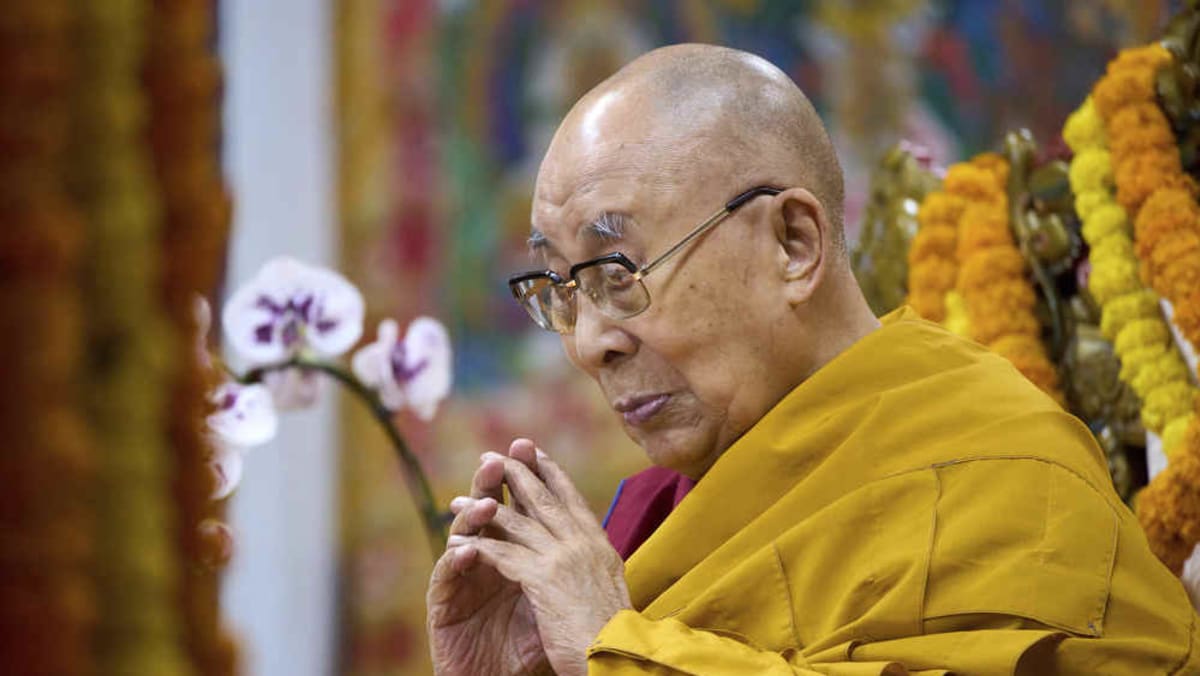







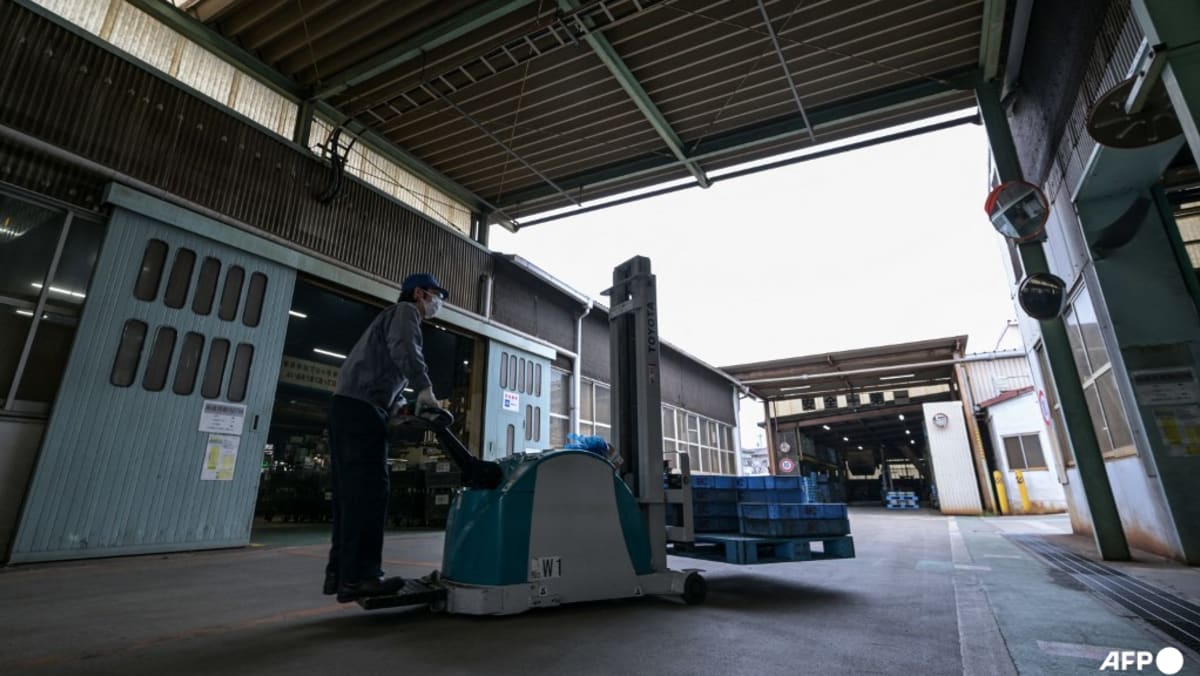



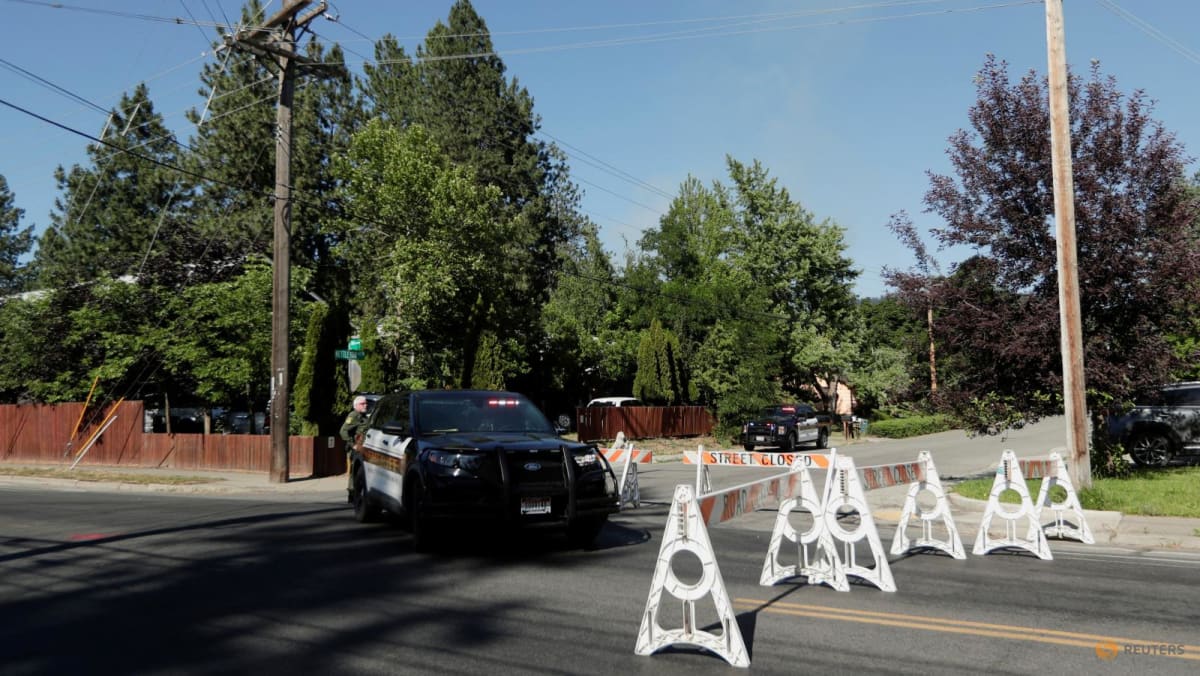
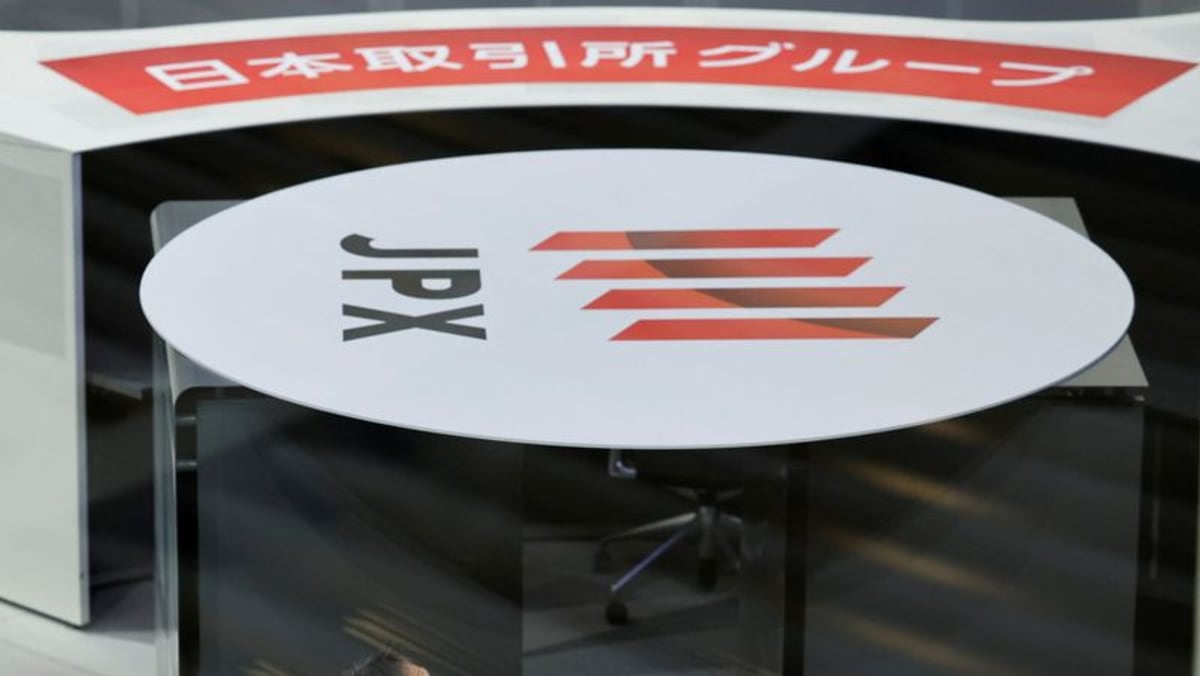
















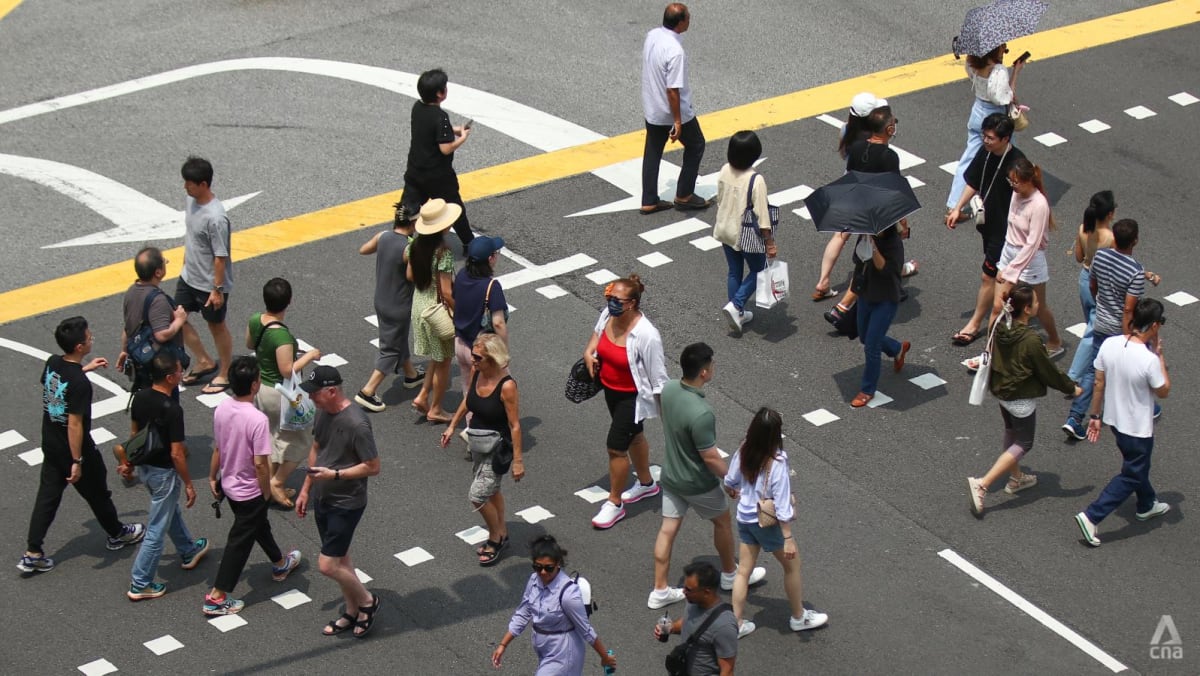






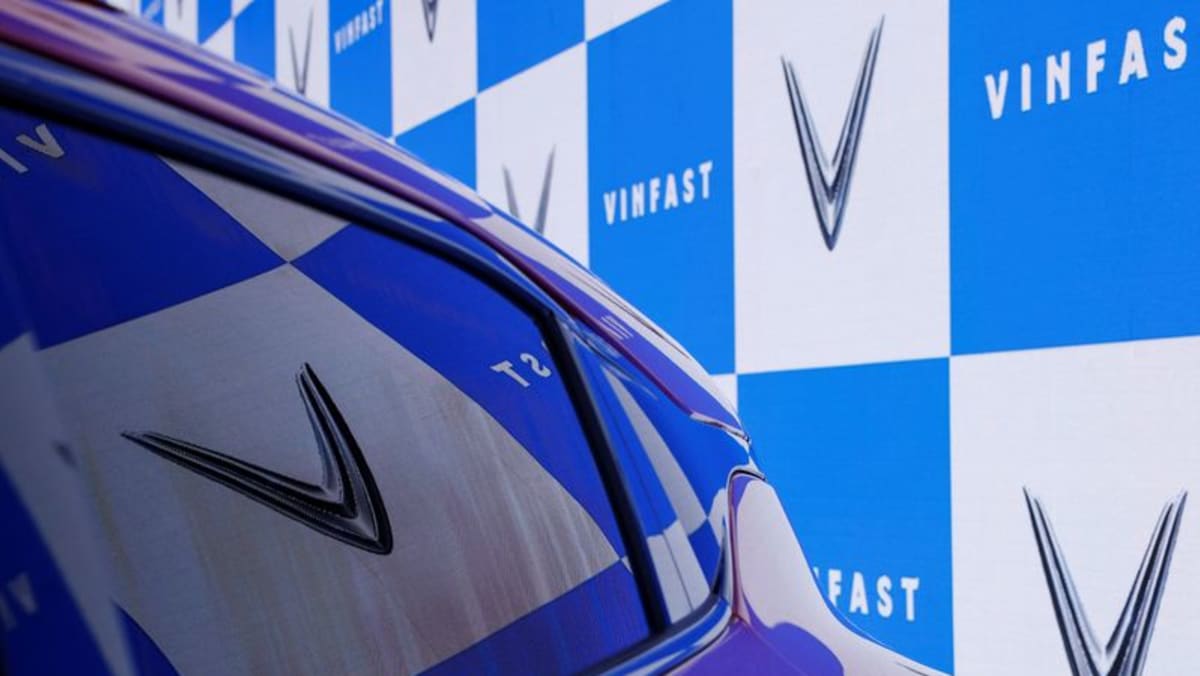




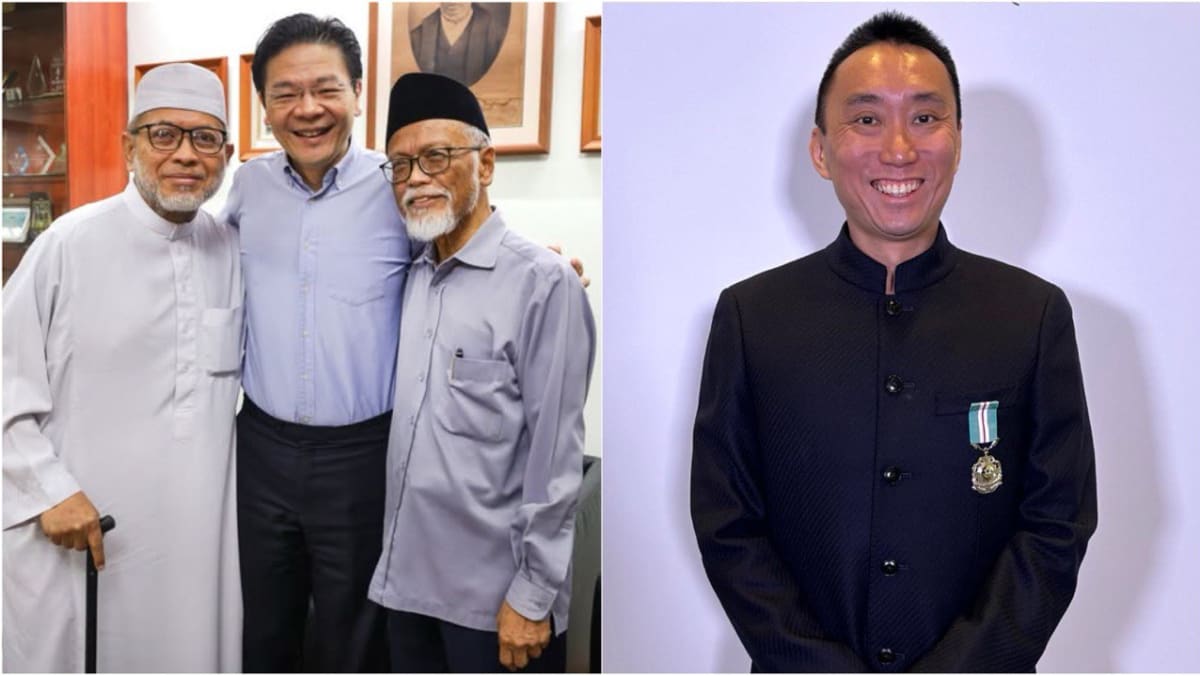
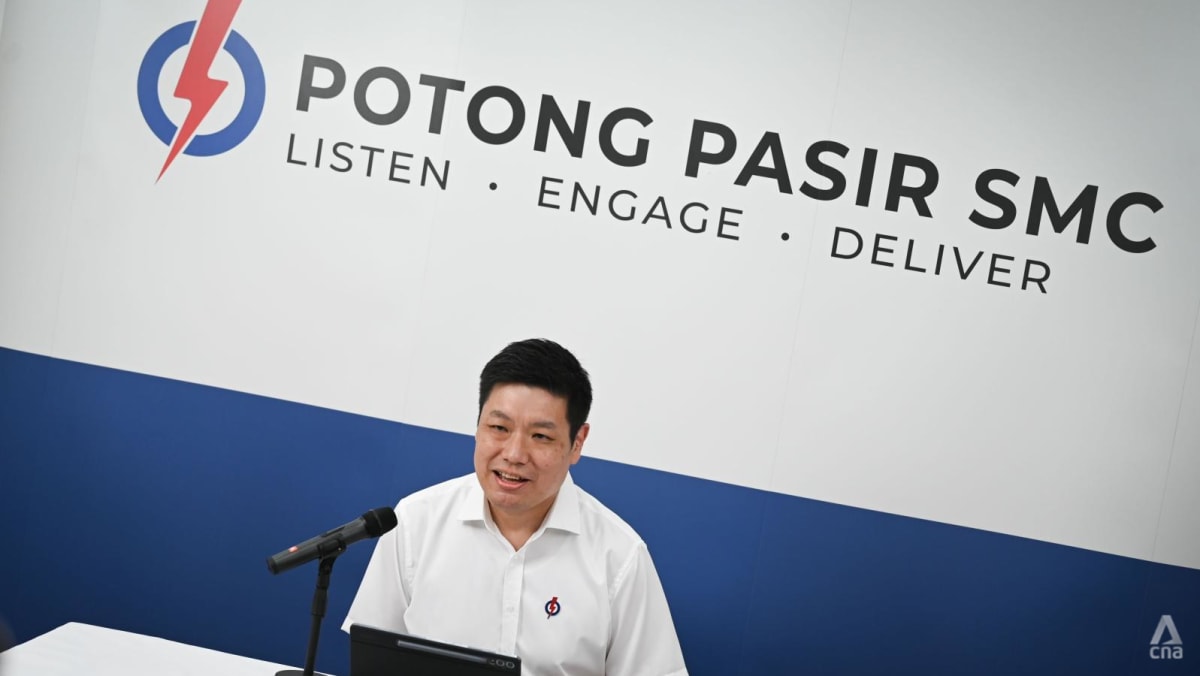
.png?itok=erLSagvf)
